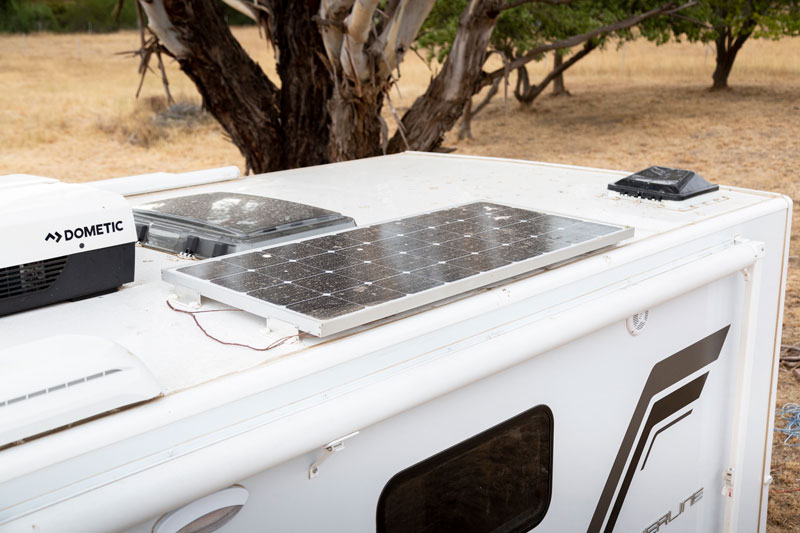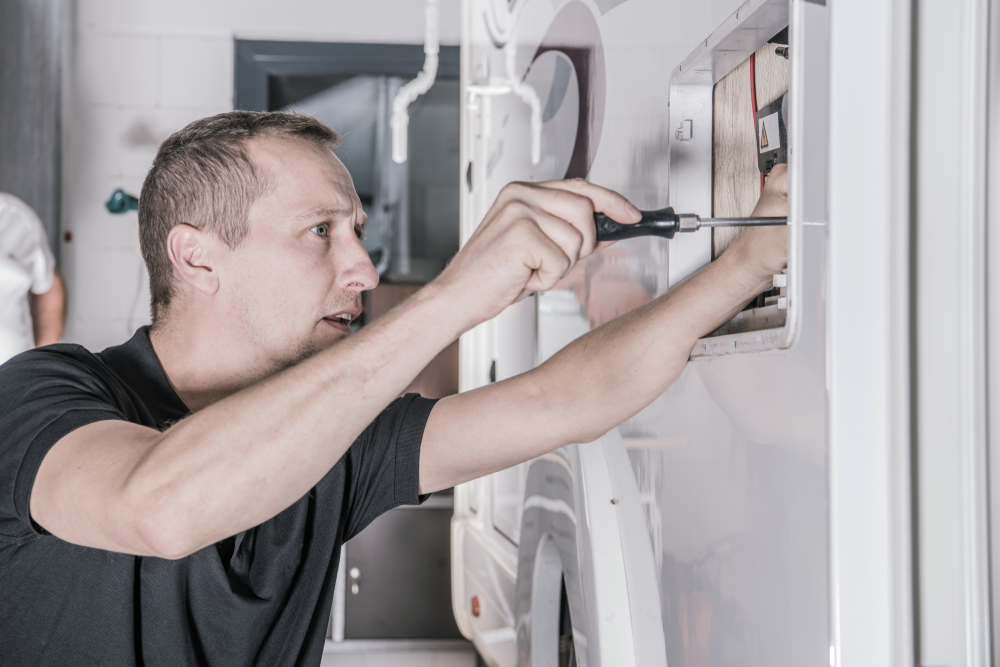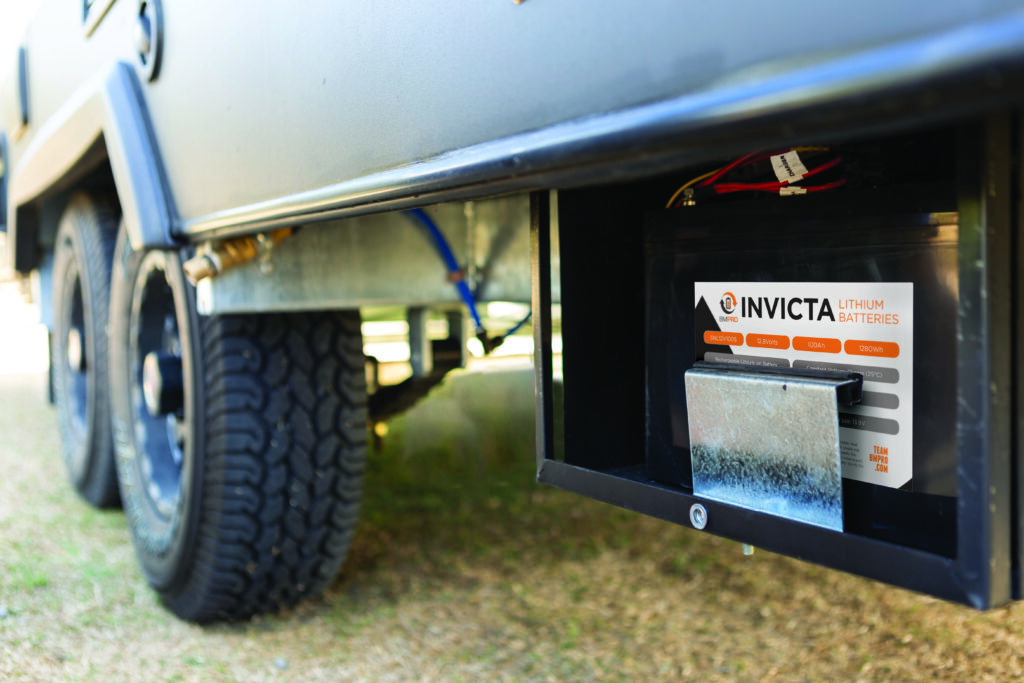
12V Guru – Optimising your Solar Power System
Solar Panels installed on your vehicle roof? Our 12V Guru discusses how to optimise their performance in place of buying more panels
Following on from last month’s article where we discussed recent changes to electrical standards in RV’s, this month we cover off on some of these that will have an impact on consumers moving forward. Last month this column discussed why some of these standards are required and the team @ BMPRO commends the work that Standards Australia and Industry Associations are currently undertaking to improve electrical installations in caravans, camper trailers and motor homes. It would be expected that these changes will increase the level of safety for Australian travellers, especially as electrical systems are getting more and more complex.
We have been advised that some interpretations of the new standard AS3001.2 were reviewed but initially at a glance.
Inverters must be installed using a Residual Current Device (RCD) which will provide protection in a similar manner to all AC wiring which is installed with an RCD at the input to the RV. This would need to be a separate RCD and labelled appropriately that an inverter or and inverter/charger is installed. The old way of just buying an off the shelf inverter and connecting it to your battery stored under the bed or seat and then plugging in an extension lead is to be thing of the past. The unit must be accessible and have a visible light to identify the status.
Solar panels must have over current protection devices – fusing must be installed on the positive cable at the actual panels where there is circulating current. Also to note is that cable suitable for solar panel installations must be used – eg. the cable must be double insulated and also IP rated for the harshness of the Australian sun and the environmental conditions. RVers should give due regard to any portable panels that they decide to connect to their system in that these should also be fused and incorporate appropriate cables.
Fusing must also be provided to protect batteries and this again, should be as close as practicable to the battery itself and on the positive wire. We would recommend the slow blow blade fuses generally used in automotive applications. These allow for some momentary or temp over current or inrush and are not designed to protect highly sensitive electrical equipment but will certainly blow when there is sustained over current. In the case of RV installations it is used not only to prevent damage to appliances and chargers etc but also to prevent the wiring insulation from melting as most manufacturers will only used the minimum wiring gauge require to meet voltage drop.
The other major change is the storage of batteries and the specific certification required for Lithium batteries. All batteries must now be installed in the non-habitable area of a van and in an area which is accessible and vented to the outside environment. This is mainly to cover the older style lead acid batteries which can vent harmful, toxic gas in a fault situation. The major change for Lithium batteries they must have certification from an internationally recognised agency that the battery meets standard IEC62619. Whilst many batteries are built using cells that may have been certified this does meet this standard nor comply as the battery as a complete unit has to be tested with cells and the internal Power Management System as a totally certified battery. It will be important for RVers who are either installing their own Lithium batteries or from the RV manufacturer to be able to prove that their battery is fully certified correctly.
Overall, the objective of the new standard is to prevent harm or damage to everyone and their RVs so ensuring compliance means not only overall higher safety but it also means you won’t risk not being covered by your insurance should something go wrong.
Safe travels,
12V Guru
Like this post? Share it!

Solar Panels installed on your vehicle roof? Our 12V Guru discusses how to optimise their performance in place of buying more panels

Looking at installing your own 12V products such as a DC-DC charger and shunt? Our 12V Guru discusses connectors and what you need to know here

This is a guide to help understand the requirements of the new standard in relation to lithium battery

© 2020